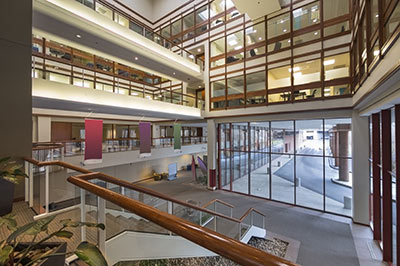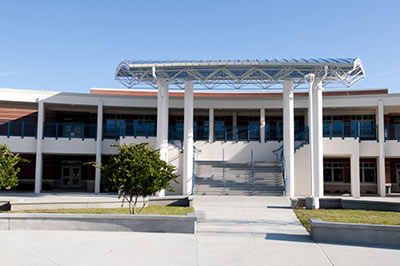Tanić, Petković, and Kondić, 2012
Current principles in architectural design emphasize the importance of application of materials and technologies that do not jeopardize the environment. Application of sustainable principles in planning and construction becomes an obligatory part of design and construction process for all types of architectural structures. This approach results in architecture that is essentially contextual and sustainable in all crucial parameters, from the construction phase to the exploitation.
One type of approach which could contribute to the creation of such architecture and solve current environmental problems is usage of solar energy. This energy is completely clean, and its source is practically inexhaustible. Solar architecture is therefore a logical continuation in development of architectural concepts in modern times. Usage of active and passive solar systems and their combination can create energetically almost autonomous buildings. The paper examines some aspects relevant for the usage of those systems in the pre-school facilities, both for construction of new buildings and the reconstruction of the existing buildings.
Location data (meteorological data, insulation, orientation towards the sides of the world, the effects of vegetation...) and elements of the building (architectural plan, the form of structure, layout and size of openings, the materialization of the building...) are pointed out as important factors that could affect the application of such systems. In addition to these factors, possibilities and economic feasibility of application of solar systems are treated given the specific architectural features of pre-schools.











